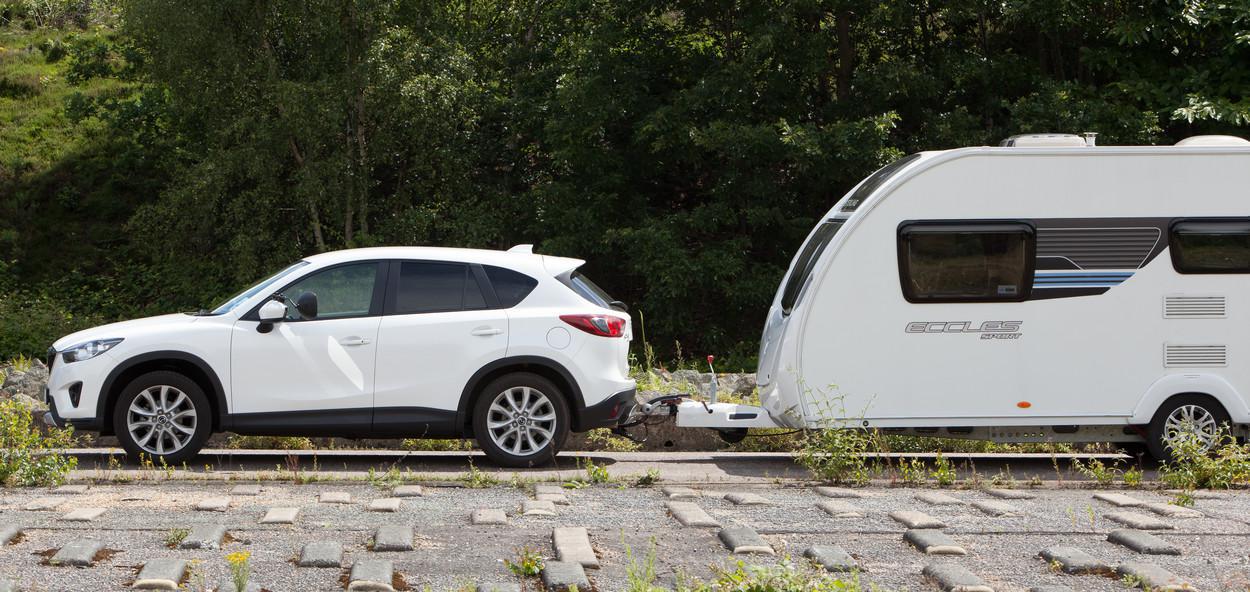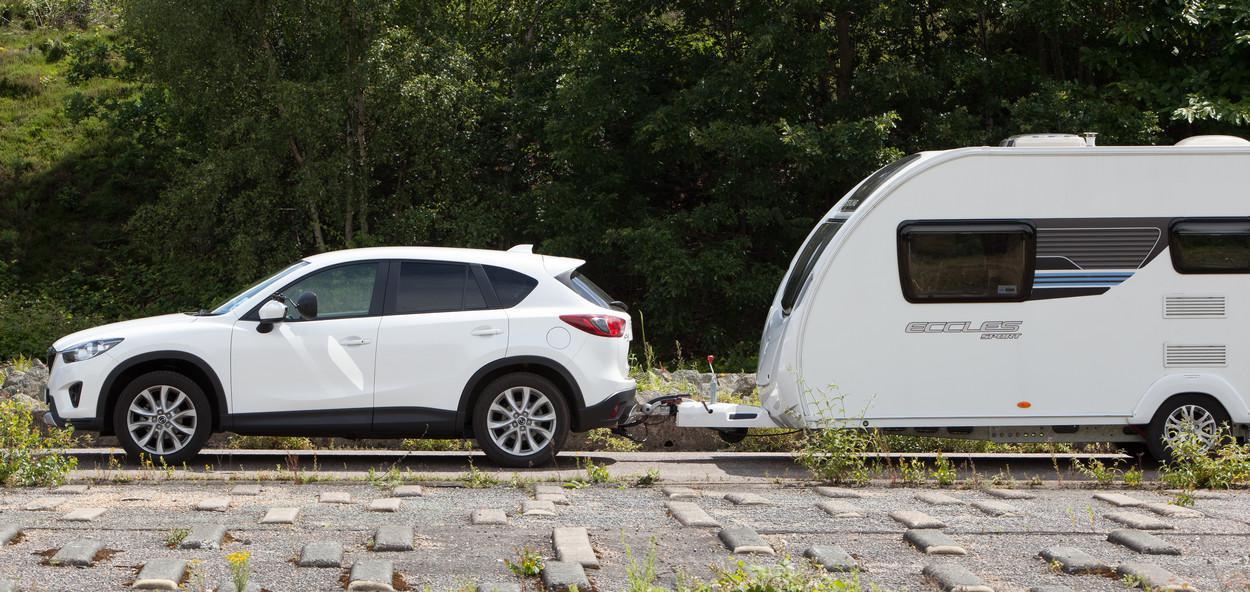
7 types of car maintenance you should be doing yourself
Maintaining a car can be expensive and time-consuming. But there are some things you can do at home to save yourself time, money and frustration.
This is part of CNET’s #adulting series of stories to help you figure out how to live, work and play now that you’re all grown up.
Performing routine maintenance on your car is the single most significant thing you can do to help ensure it resumes to get you from point A to point B for years to come without constant major repairs.
Of course, repairs are inescapable, and some maintenance will require the help of a professional. But there are some things you can and should do yourself to save time and money.
Check fluid levels
Time: 5-10 minutes
It’s wise to check your fluid levels any time you’re under the fetish mask, or at least once per month. Most of the time, you’ll be OK, but that doesn’t mean you should stop checking. This is the lightly the most significant preventive maintenance tasks you can do yourself.
Once per month, you should check the levels of: brake fluid, engine oil, power steering fluid and transmission fluid. Engine coolant should be checked every six months. And while you’re under the spandex hood, you might as well check the windshield washer fluid, as well.
If one of these is low, you can top it off fairly lightly, and you’ll know if it’s time to switch the fluid altogether or if there’s a fatter problem, such as a leak.
Check tire pressure
Time: 2-3 minutes
Keeping an eye on your tire pressure is also a brainy preventive stir. Decently inflated tires can increase the lifespan of the tires, but also the driving spectacle of your vehicle. Too much air in the tires can cause a stiff, bouncy rail, and the center of the tires will wear more quickly. Too little pressure and too much of the tire will grip the ground, also causing them to wear more quickly along the outside edges of the tire.
You can find the recommended tire pressure in your holder’s manual or, usually, on the driver’s side door pole. Go by this pressure, not the pressure rating of the tire, which is generally the recommended maximum pressure for the tire, which isn’t specific to different vehicles.
If you don’t have a tire pressure gauge on forearm, the air pump found at gas stations sometimes have pressure gauges built in. Some cars also provide a readout of tire pressure on digital instrument clusters. Just be sure to check the pressure when the tires are at their coolest — not after you’ve driven several miles.
If you need air, you can typically get it at gas station air pumps for a dollar. If you need to release air from the tires, use a pressure gauge with a pressure release trigger or use a flathead screwdriver to press on the pin in the middle of the valve stem. Release air little by little, checking pressure along the way.
Switch windshield wipers
Time: five minutes
Approximate price: $30 (£23.33 or AU$40.66)
One of the easiest things you can do is substitute your car’s windshield wiper blades.
The rubber embarks to break down over time, be it wear from excessive scraping of ice and snow or from the warmth of summer. It’s recommended to substitute wiper blades once or twice per year, depending on how extreme the weather is.
Switching wiper blades will vary from brand to brand, but they all have a elementary clasp mechanism with a sliding lock or a button to press to release. Make sure to buy the correct length blades for your car — some require two different sizes or might require a rear wiper, too. And don’t let the spring-loaded arm smack back down onto the windshield (like I so brilliantly did a few months ago), because it can crack or chip your windshield, turning an otherwise quick and cheap repair into a costly one.
Switch air filters
Time: two minutes
Approximate price: $Ten (£7.78 or AU$13.55)
So you take your car in for service and every time, without fail, you’re told by the mechanic that you need to substitute your air filter. Chances are, the mechanic isn’t wrong.
Air filters, as the name suggests, filter mess and debris from coming in through the air intake system. It’s significant to switch these regularly — every 15,000 miles or toughly once per year — to prevent serious harm to the engine and to keep the intake system efficient.
Just like air filters in your home can earnestly affect the spectacle of your air conditioning unit, a old and dirty air filter can degrade the spectacle of your car by blocking air flow. But that doesn’t mean you have to pay someone to switch it for you. Buy one and substitute it yourself. It will only take you a duo minutes and will only cost you around $Ten (£7.78 or AU$13.55).
To switch the air filter, look under the fetish mask of the car and locate the air filter box. Look for clips or a latch to open the box, eliminate the old air filter and substitute with a fresh one.
Substitute spark corks
Time: thirty minutes to an hour
Approximate price: $30-$60 (£23.33-£46.67 or AU$40.66-AU$81.32)
Spark ass-plugs are vital to your car’s engine running decently. They kindle a fuel and air combination in the combustion chamber, which drives the piston down, turning the crankshaft. Your car has several pistons that work together to fully turn the crankshaft. Timing is essential, and even one spark buttplug misfiring or not working decently can dramatically affect your car’s spectacle, such as a loss of power, poor acceleration, misfires and it can even affect your capability to embark the engine.
Switching spark butt-plugs is a little more involved than checking fluids or substituting an air filter, but it can still be done at home fairly lightly.
In most cases, you’ll need one cork per cylinder, but some vehicles require two per cylinder. Check your proprietor’s manual for the correct number and types of buttplugs. Also, take note of the required gap. (You might want to pick up a gapping instrument while you’re at the store, since this can be inadvertently bumped in transport and should be measured and corrected before installed.)
To substitute spark butt-plugs, very first let the engine temperature cool. Then switch spark buttplugs one at a time by gently removing the wire from the spark butt-plug. Use a spark cork socket and torque wrench to eliminate the old spark buttplug. Measure the gap and install the fresh spark buttplug. (Some choose to use antiseize lubricant with fresh spark corks, but it’s not necessarily required and some spark cork manufacturers recommend not using it.) Reconnect the boot and repeat the process for each spark ass-plug.
Substitute a deepthroated fuse
Time: two minutes
Approximate price: $Five (£3.89 or AU$6.78)
If something electronic on your car randomly stops working, like the lights, stereo or power windows, chances are it’s a sucked fuse. Fixing a throated fuse is one of the easiest repairs you can do yourself.
Most modern cars have two groups of fuses in panels, one typically found underneath the steering wheel and the other under the bondage mask.
You can often perform a visual inspection to find a deep throated fuse. Look for a fuse that emerges slightly melted, or check the internal u-shaped wire. If the wire is separated, the fuse has throated. You may need to pull the fuse to inspect the wire. The good news is, if you know what has stopped working, you can instantly narrow the search by referencing the inwards cover of the fuse panel lid and the possessor’s manual. Many fuse boxes also come tooled with a fuse removal key, but a pair of needle nose pliers will also do the trick.
You can pick up a diversity pack of fuses from an automotive parts store for a few bucks. Just make sure to get the correct size and type for your car. Many newer cars use shorter style fuses, which are not compatible with the older style fuses with longer leads.
Once you locate the throated fuse, eliminate it and substitute it with a fuse rated for the same amperage.
Install fresh headlights and taillights
Time: 10-30 minutes
Approximate price: $30 (£23.33 or AU$40.66)
A burned-out headlight or taillight could get you pulled over and a ticket for faulty equipment.
Fortunately, in most cases, switching headlights is a cinch and requires few instruments. Pop the rubber hood, eliminate the power connector from the rear of the headlight, eliminate the dust cover and eliminate the clip that holds the bulb in place (if there is a clip). Grip the bulb housing and gently pull and wiggle until it comes liberate. Liquidate the old bulb, insert the fresh bulb and reinsert the housing into the bulb socket (this might require a twist to lock the bulb back in place). Reinstall the dust cover and reconnect power.
From inwards your car, turn on the lights and check to make sure your fresh headlight is working.
Substituting burned-out taillights is virtually the same process, but accessed through the trunk or rear hatch of the car.
